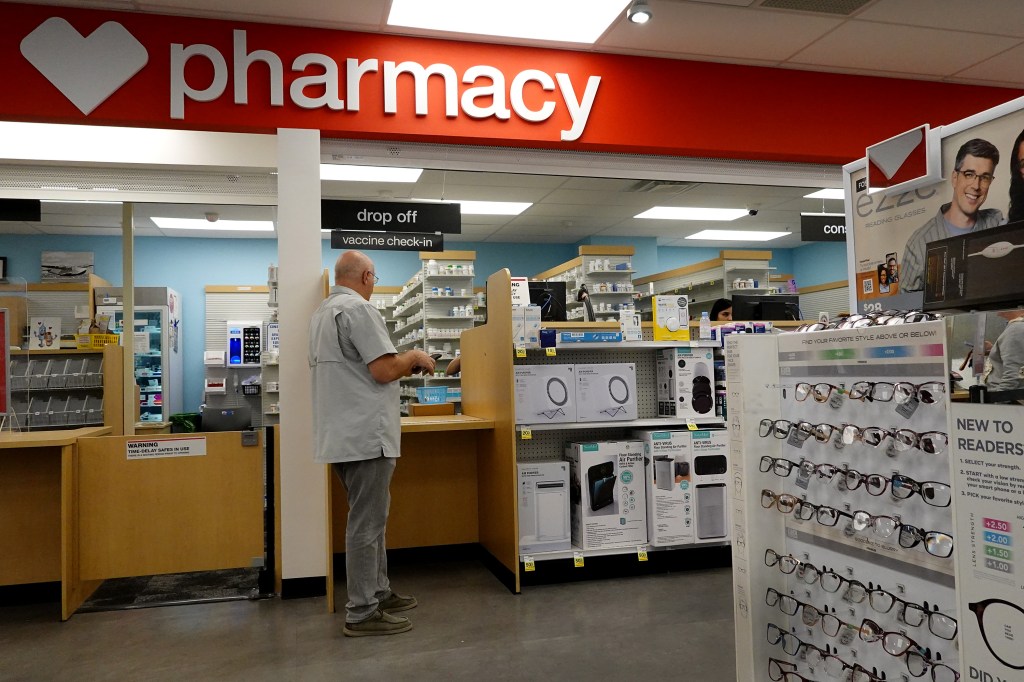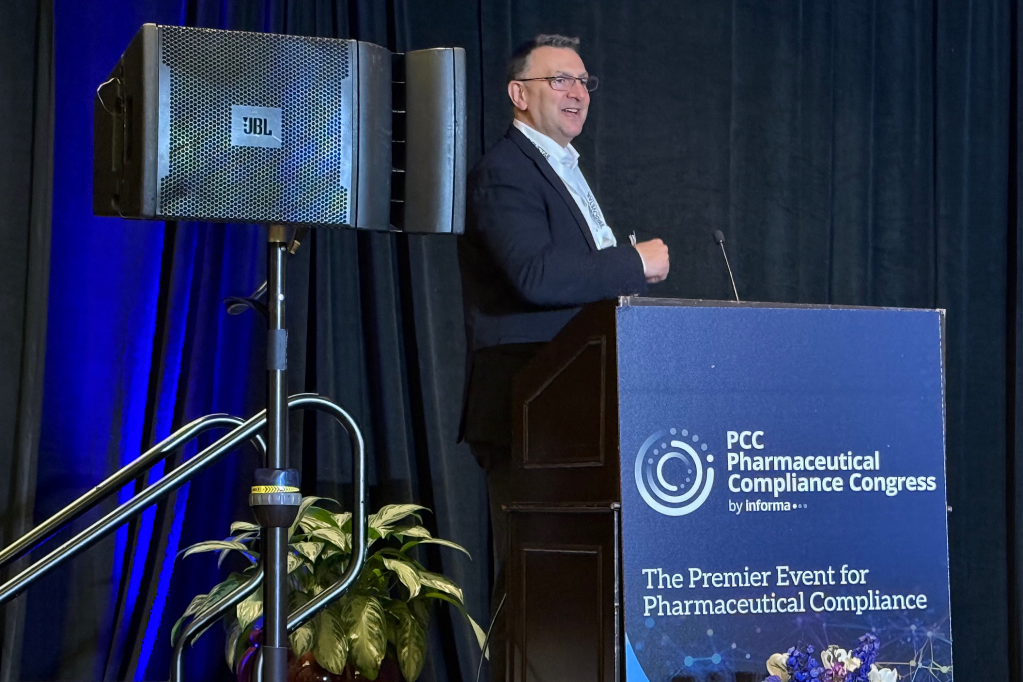
Positive feedback from you, our readers, means that we will now publish a collection of healthcare and life sciences stories on a quarterly basis
As with the special issue of GRIP magazine published in April, this issue contains a wealth of content on a variety of important topics in healthcare.
Let’s zero in on one of these, which is covered in detail in the leading article.
The Department of Justice’s (DOJ’s) announcement of sweeping charges against more than 300 defendants who allegedly defrauded Medicare and other taxpayer-funded programs was branded as a departmental “takedown” event.
It’s not the first such takedown of its kind; the healthcare fraud takedowns have been a practice at the DOJ for more than a decade, but this one was touted as the largest on record.
It also stood out for its focus on transnational criminal organizations (TCOs) and their associated individuals – a criminal enforcement priority for the Trump DOJ – and it featured data analytics and the use of AI to crunch large data volumes as part of investigative efforts that involved multiple federal agencies.
What also caught our eye was that defendants included 96 doctors, nurse practitioners, pharmacists, and other licensed medical professionals.
And in one case that was part of the takedown, the DOJ launched “Operation Gold Rush” to investigate an organization that submitted $10.6 billion in fraudulent healthcare claims to Medicare.
The organization allegedly used a network of foreign straw owners, including individuals sent into the United States from abroad, who, acting at the direction of others using encrypted messaging and assumed identities from overseas, strategically bought dozens of medical supply companies located across the United States.
They then rapidly submitted claims to Medicare for urinary catheters and other durable medical equipment by exploiting the stolen identities, including confidential medical information, of over one million Americans spanning all 50 states.
The story very clearly demonstrates that the DOJ and other regulators are continuing to leverage existing and emerging technology in order to identify crime, fraud and compliance breaches. And as technology is adopted and better understood by these organizations, the regulatory expectations are changing as well.
In many ways the takedown illustrates the fact that if you are standing still in terms of systems, processes and technology adoption, you are in effect going backwards.
This is particularly true of technological developments connected with data where both ability to capture and analytical capabilities have changed dramatically over the last decade.
With enforcement agencies and regulators looking broader and deeper, this takedown is, in effect, a call to arms for firms to move with the times and revisit what good looks like when it comes to compliance and keeping one’s organization out of trouble.
We invite you to read, share the content with your colleagues, and submit your ideas and insights to us at any time.
Our best wishes,
Julie DiMauro
US Content Manager
-
DOJ charges 324 defendants in largest healthcare fraud initiative in its history
The collaborative Takedown effort targeted healthcare fraud that victimizes patients, taxpayers and government programs.
-
DOJ and HHS announce False Claims Act Working Group
Collaboration aims to advance both departments’ priority enforcement areas by sharing resources in pursuing False Claims Act violations.
-
Bupa fined A$35m in Australia for misleading customers in health insurance claims
Bupa admits to misleading thousands of health insurance customers and unconscionably denying legitimate claims over more than five years.
-
CVS Caremark’s $95m penalty for Medicare drug overbilling
Whistleblower alleged Caremark reported higher costs of drugs to the government than it paid pharmacies for dispensing Medicare Part D drugs.
-
Number of GDPR fines in EU healthcare steady, but average fine rises steeply
Deep dive into the life science and healthcare findings from the CMS GDPR Enforcement Tracker Report 2025.
-
Pharmaceutical Compliance Congress: Panelists spot trends to prioritize in 2025
At the annual pharmaceutical compliance event, panelists said the time for an empowered compliance department engaged in mindful monitoring is now.
-
Kudman and Posner discuss best practices in healthcare compliance
Our conversation took in good training programs, the OIG’s compliance guidelines, the importance of communication, and more.
-
Tackling fraud in Big Pharma: Realistic ambition or pipe dream?
Any suggestion of misleading clinical results, false advertising, or bribery to achieve medical approvals would clearly create massive negative publicity.





















